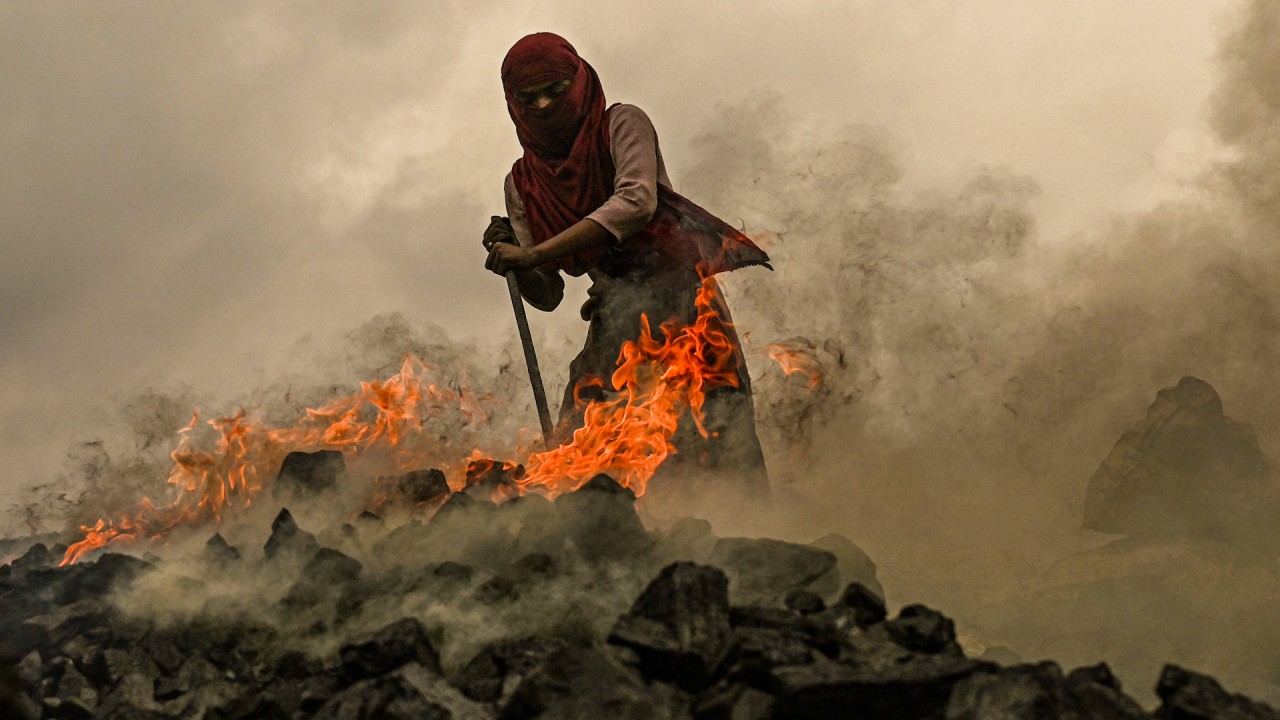India’s 2023 National Electricity Plan estimates that the nation will need 866.4 million tonnes of domestic coal in 2026–2027, and that this amount will increase to 1.025 billion tonnes by 2031–2032. Meanwhile, Indian coal production is predicted to increase by 6 to 7 per cent yearly and reach about 1.5 billion tonnes in 2029-30.
Thereafter, not only did coal power project approvals shoot up, the National Energy Administration’s policy of setting strict conditions for new coal-fired power generation was also ignored.
Around the world, many nations have been phasing down coal faster. According to the World Resources Institute, Greece and Britain achieved the quickest coal power reductions over any eight-year period since 2000, followed by Denmark, Spain, Portugal, Israel, Romania, Germany, the United States and Chile. Out of these top 10 nations, only Portugal is coal-free.
How China can help change the game for clean energy in Southeast Asia
How China can help change the game for clean energy in Southeast Asia
Unfortunately, the UN Environment Programme’s Production Gap Report last year found that governments intend to produce around 110 per cent more fossil fuels in 2030 than would be consistent with meeting climate goals set under the 2015 Paris agreement. Although 151 national governments have committed to achieving net zero emissions and new projections suggest that the world’s demand for coal, oil and gas will peak this decade, even without new policies, the government plans would result in an increase in coal production worldwide until 2030, and in oil and gas production until at least 2050.
The Production Gap Report also included profiles for 20 major fossil fuel-producing countries, most of which still promote and support such production in spite of their net-zero pledges.
According to a report from Global Energy Monitor, China and 10 other countries, including India, Bangladesh, Zimbabwe, Indonesia and Kazakhstan, account for 95 per cent of the world’s coal capacity under consideration. China has also seen new construction starts increasing for the fourth year in a row, such that it accounts for 95 per cent of the capacity that began construction in 2023.
Last year, 20.9GW of new coal power projects were proposed in countries other than China. India took the lead among these countries, proposing 11.4GW of additional coal capacity, more than in any other year since 2016, and giving various stalled projects a new lease of life.
Kazakhstan proposed 4.6GW and Indonesia 2.5GW. In addition, 4.1GW of capacity that had been cancelled or shelved was proposed again.
In 2023, the United States accounted for almost half of the world’s coal power retirements, with 9.7GW worth of capacity shuttering. Globally, coal power plant retirements failed to pick up speed and were at their lowest level since 2011.
As global climate talks and net-zero goals gain ground, more countries are conscious of the need to cut fossil fuel consumption and invest in clean energy projects. But when two of the world’s largest growing economies, China and India, are also the biggest producers of coal and still depend on it for their energy needs, it makes it that much more difficult for them to transition to cleaner sources.
Although both countries have committed on some level to phasing out fossil fuels, this is not going to be an easy task. Given that China and India are the world’s most populous nations with high electricity demand, a complete coal phase-out would require much more time and energy.
Kavitha Yarlagadda is an independent writer based in Hyderabad, India


